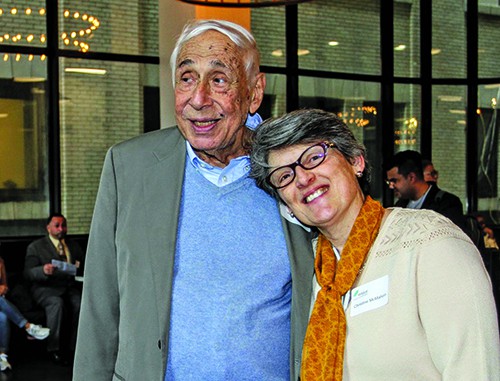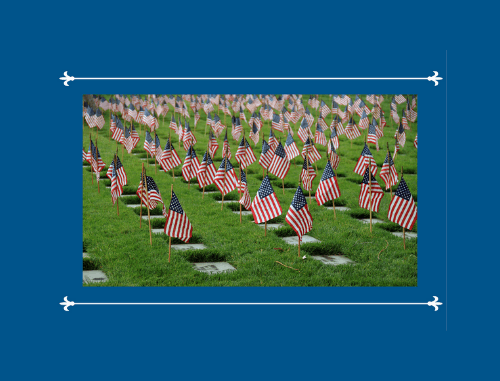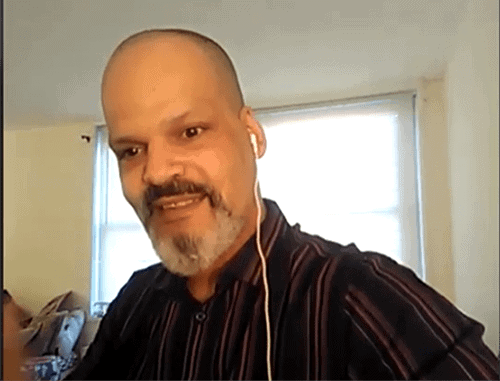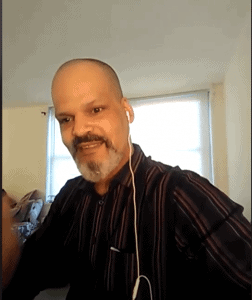My Friend Herb Sturz

June 14, 2021
This week an icon left us and with his passing, the lights in New York City are a little less bright.
Herb was a giant with a big brain, a huge heart and tremendous passion for fairness and justice. Simply put, he saw wrongs and tried to right them. His genuineness and depth of character caused people around him to listen to what he had to say. He was the force behind significant social reform in New York City—but chose to work behind the scenes. He was too smart to believe that only one person had all of the answers, so he found creative ways to bring people together to solve problems– a pied piper of sorts who brought us all along to make the world more just.
Early in my tenure as the CEO of the Fedcap Group, I was introduced to Herb by Carol Kellerman, then President of the Citizens Budget Commission. This meeting changed the course of my work and our organization. It also changed me.
Herb mentored me—why he chose me I will never know, but I will be eternally grateful. He challenged ideas and asked me some of the smartest, most astute questions I have ever been asked. He helped me refine goals and think strategically. He taught me the art of planning important, system-changing advances, by practicing patience and taking incremental, tactical steps. He was the epitome of being “better together” and it was magical to watch him in action. He told me when I was doing a good job and maybe more importantly, when I wasn’t.
Herb was also my dear friend. Many Sunday mornings we went to breakfast, and I laughed until it hurt, as he shared his many remarkable stories. As was his way, he captivated people around him, including wait staff and people passing by our table, with his charm and wit. He had a twinkle in his eye that I will forever remember.
Over the past year or so, as his body was slowing down, his mind was ever on alert, looking for connections and opportunities to make a difference—doing this mattered to Herb.
How privileged we were to have this legend, who was at the same time such a lovely human being, walk among us for 90 years.
The Fedcap Group created this video to honor Herb and his many contributions to New York City. I hope you enjoy it.
Goodbye my dear friend, I will miss you.
14 junio 2021
Mi Querido Amigo Herb Sturz
Esta semana nos dejó un icono y con su fallecimiento, las luces en la ciudad de Nueva York están un poco menos brillantes.
Herb era un gigante con una gran mente, un gran corazón y una tremenda pasión por la equidad y la justicia. En pocas palabras, vio errores y trató de corregirlos. Su autenticidad y profundidad de carácter hicieron que la gente a su alrededor escuchara lo que tenía que decir. Él fue la fuerza detrás de una reforma social significativa en la ciudad de Nueva York, pero decidió trabajar detrás de bambalinas. Era demasiado inteligente para creer que sólo una persona tenía todas las respuestas, así que encontró formas creativas de reunir a la gente para resolver problemas, un especie de flautista que nos atrajo como imán todo el tiempo para hacer que el mundo fuera más justo.
Al principio de mi mandato como Presidenta Ejecutiva del Grupo Fedcap, Carol Kellerman, entonces Presidenta de Citizens Budget Commission, me presentó a Herb. Esta reunión cambió el curso de mi trabajo y de nuestra organización. Así como También me cambió a mí.
Herb me asesoró—por qué me eligió a mí, yo nunca lo sabré—, pero estaré eternamente agradecida. Desafió las ideas y me hizo algunas de las preguntas más inteligentes y astutas que nunca me habían hecho. Me ayudó a refinar metas y pensar estratégicamente. Me enseñó el arte de planificar avances importantes que cambiaran el sistema; practicando la paciencia y tomando pasos tácticos progresivamente. Él era la personificación de estar “mejor juntos” y era mágico verlo en acción. Me decía cuando estaba haciendo un buen trabajo y tal vez lo más importante era, cuando me decía que no lo estaba haciendo.
Herb también era mi muy querido amigo. Muchos domingos por la mañana íbamos a desayunar, y me reía con él hasta que me dolía, ya que compartía muchas de sus extraordinarias historias. Tal cual era su manera; él cautivó a la gente a su alrededor, incluyendo el personal del restaurante y a las personas que pasaban por nuestra mesa con su encanto e ingenio. Tenía un brillo en sus ojos que recordaré para siempre.
Durante el último año más o menos, a medida que su cuerpo decaía, su mente estaba siempre en alerta, buscando contactos y oportunidades para hacer la diferencia, hacer esto era lo que le importaba a Herb.
Qué privilegiados fuimos todos nosotros de tener a esta leyenda; que fue al mismo tiempo un ser humano tan encantador; caminar entre nosotros durante 90 años.
The Grupo Fedcap hizo este video para honrar a Herb y a sus muchas contribuciones a la ciudad de Nueva York. Espero que lo disfrutes.
Hasta pronto mi querido amigo, te echaré de menos.












